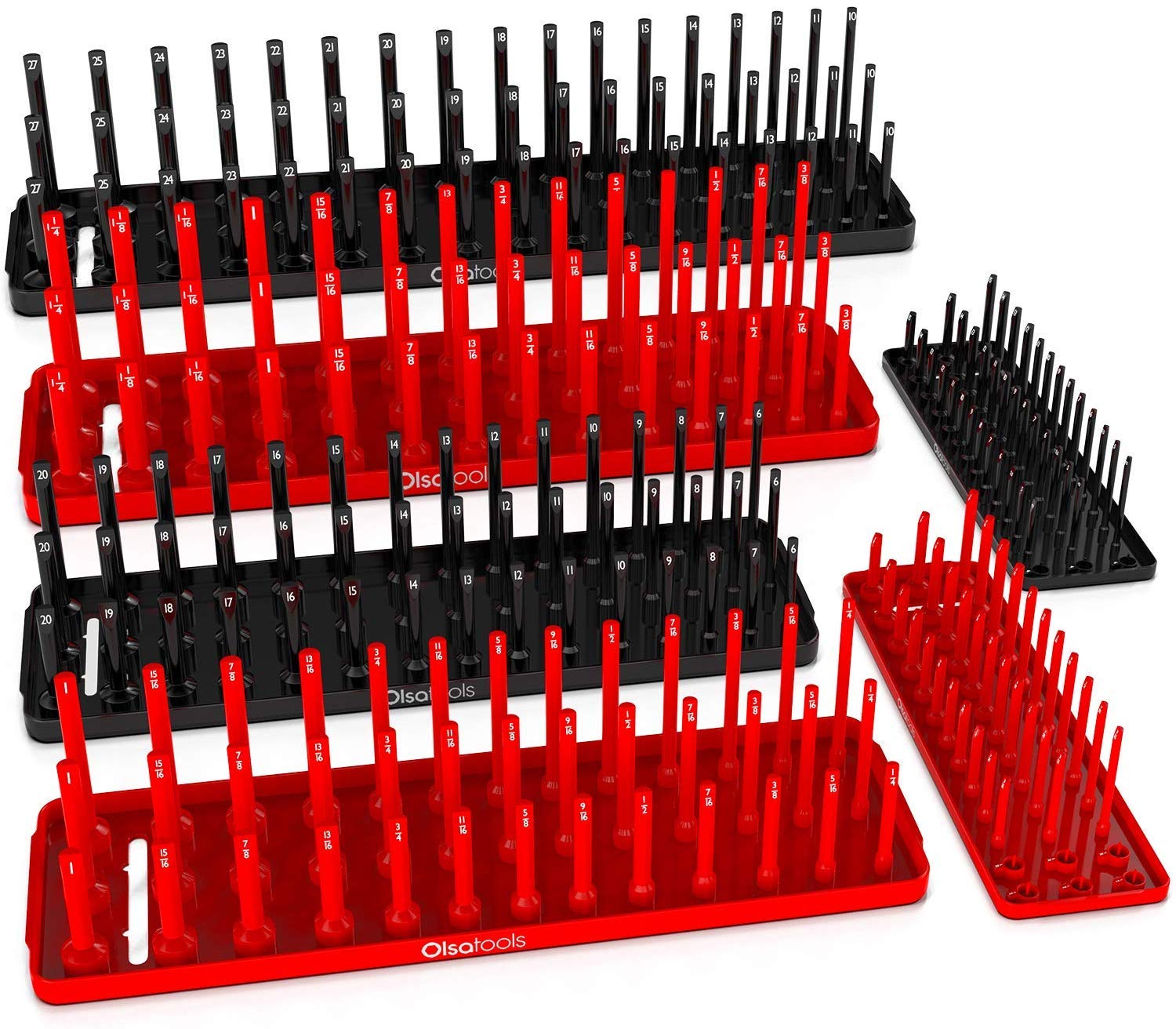In the electronics and IT industries, efficiency and precision are crucial for maintaining productivity and meeting the demands of rapidly evolving technology. Socket organizers play a vital role in supporting these requirements by keeping tools organized and easily accessible during assembly, repair, and maintenance operations. There are four main perspectives to consider when discussing how socket organizers enhance efficiency and precision in the electronics and IT sectors: organization, efficiency, precision, and versatility.

Organization:
In the fast-paced world of electronics and IT, organization is key to maintaining productivity and minimizing downtime. Socket organizers provide a systematic approach to tool storage, ensuring that sockets are arranged and labeled according to their size, type, and specifications. This allows technicians and engineers to quickly identify and select the required socket, reducing the time spent searching for the right tool.
With an organized socket organizer, tools can be easily located, reducing the risk of misplaced or lost sockets and improving overall organization in the work environment. This streamlines assembly and repair operations, allowing technicians to focus on their tasks without unnecessary interruptions.
Efficiency:
Efficiency is essential in the electronics and IT industries, where time is of the essence. Socket organizers help maximize efficiency by keeping tools easily accessible and reducing the time spent searching for the right socket. The organized arrangement and clear labeling of sockets in a socket organizer eliminate the need for tedious searches, allowing technicians to complete tasks more quickly and accurately.
By streamlining tool selection, socket organizers minimize downtime and maximize productivity. Technicians can quickly find the appropriate socket size and type, enabling them to complete assembly, repair, and maintenance tasks efficiently.
Precision:
Precision is paramount in the electronics and IT industries, where small components and intricate connections require meticulous attention to detail. Socket organizers contribute to precision by ensuring that the right tools are readily available for specific tasks. Each socket is assigned a specific place in the organizer, preventing mix-ups and reducing the risk of using the wrong size or type of socket.
With a well-organized socket organizer, technicians can quickly locate and select the precise socket required for their work. This eliminates guesswork and reduces the potential for errors, ultimately enhancing the precision and quality of assembly, repair, and maintenance operations.
Versatility:
The electronics and IT industries encompass various sectors, from consumer electronics to telecommunications and data centers. Socket organizers offer versatility to accommodate the unique needs of these different sectors. Whether it’s a compact socket organizer for on-the-go repairs or a larger organizer for assembly lines or workstations, there are options available to suit different work environments.
Additionally, socket organizers can be customized to accommodate specific socket sizes and types commonly used in the electronics and IT industries. This flexibility ensures that technicians have the right tools readily available, regardless of the specific task at hand.
In conclusion, socket organizers are essential tools in the electronics and IT industries. By enhancing organization, efficiency, precision, and versatility, they contribute to streamlined operations, reduced downtime, and improved productivity. Whether it’s ensuring quick and accurate tool selection, minimizing errors, or adapting to the unique needs of different sectors, socket organizers play a crucial role in enhancing efficiency and precision in the electronics and IT sectors. By investing in high-quality socket organizers and implementing effective tool storage systems, businesses can optimize their operations, maintain productivity, and keep up with the rapidly evolving demands of the industry.